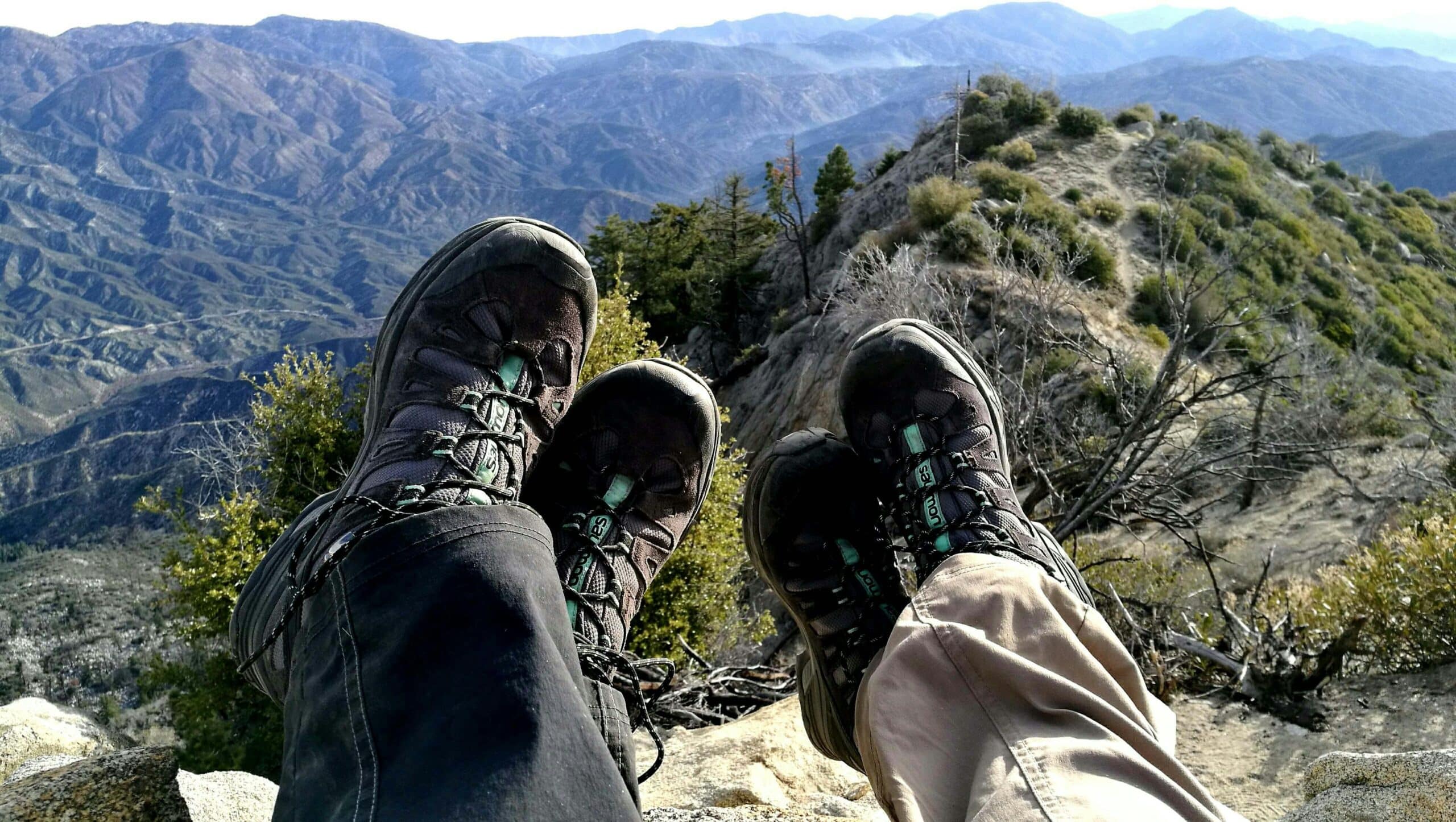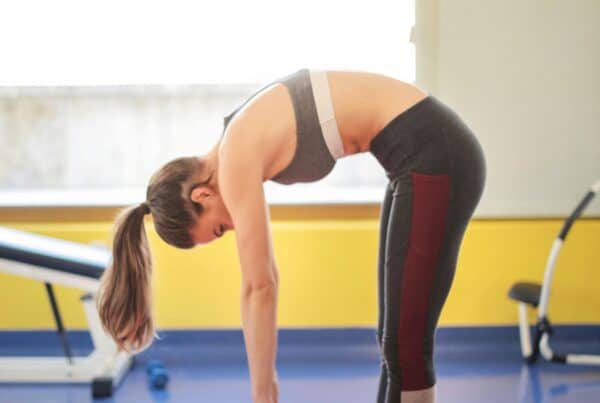Hiking in Utah Valley is an unforgettable experience, offering scenic trails that range from high alpine landscapes to desert rock formations. Whether you’re planning a challenging ascent up Mount Timpanogos or a relaxed walk through Provo Canyon, here’s a list of must-bring items to help you stay comfortable, safe, and prepared for any Utah Valley adventure.
Plenty of Water
Utah Valley can get quite dry, especially during the summer months. Dehydration is a real risk, so plan to bring at least one liter of water for every two hours of hiking. Consider a hydration bladder for easy access, especially on longer hikes. Electrolyte tablets or drinks are also a great option for replenishing salts lost through sweat.
High-Energy Snacks
Hiking burns a lot of energy, and a good snack break can make all the difference. Opt for portable, energy-boosting snacks like trail mix, protein bars, jerky, or dried fruit. If you’re doing a longer hike, a small meal, like a peanut butter and jelly sandwich or a wrap, can help sustain your energy levels.
Weather-Appropriate Clothing
Utah’s weather can be unpredictable, especially in the mountains where temperatures and weather conditions can change rapidly. Layering is key: start with a moisture-wicking base layer, then add an insulating layer (like fleece) and a waterproof or windproof outer shell. Even if it’s warm, bring a lightweight jacket – it can be cooler at higher elevations and in the evening.
Sturdy Footwear
The trails in Utah Valley can be rocky, steep, and uneven. Invest in a pair of hiking boots or trail shoes with good ankle support and grip. Comfortable socks, preferably moisture-wicking and cushioned, are also essential for preventing blisters.
Navigation Tools
While many Utah Valley trails are well-marked, it’s always wise to bring navigation tools, especially if you’re venturing into more remote areas. A physical map of the trail and a compass are reliable choices. If you prefer digital tools, a GPS device or a hiking app with offline maps (such as AllTrails) can be incredibly helpful – just make sure your device is charged!
Sun Protection
Utah’s high elevation and bright skies mean stronger UV exposure. Bring sunscreen (SPF 30 or higher), sunglasses, and a wide-brimmed hat or cap to protect your skin and eyes from the sun. Consider applying sunscreen every couple of hours, especially if you’re sweating or hiking in exposed areas.
First Aid Kit
A compact first aid kit is essential for treating minor injuries, blisters, and scrapes. Stock your kit with adhesive bandages, gauze, antiseptic wipes, tweezers, and any personal medications. Consider adding moleskin for blister prevention, especially if you’re breaking in new boots or going on a long hike.
Emergency Gear
It’s always better to be over-prepared on the trail. Carrying an emergency whistle, a fire starter (like waterproof matches or a lighter), and an emergency blanket can be lifesaving in case of an unexpected delay or injury. A flashlight or headlamp is also a good idea, even for daytime hikes – you don’t want to get caught without light if the sun sets before you finish.
Trekking Poles
Utah Valley’s diverse terrain often includes steep and rocky sections, which can be tough on your knees. Trekking poles can provide extra stability on tricky trails, help you maintain a steady pace, and reduce joint strain, especially on downhill sections.
Insect Repellent
While Utah is not as buggy as other regions, certain trails, especially near water or in wooded areas, can have mosquitoes or gnats. An insect repellent spray or wipe can help you stay comfortable and focused on the trail.
Camera or Smartphone
Utah Valley’s trails are known for their stunning views, so don’t forget to bring a camera or smartphone to capture the experience. Make sure your phone is fully charged, as it may also double as your map and emergency contact tool.
Trash Bag or Zip-Loc Bag
One of the best practices in hiking is “leave no trace,” which means packing out everything you bring with you. A small bag for trash makes it easy to collect any wrappers, tissues, or other items, so you can keep Utah Valley’s trails clean for everyone.
Bonus Tip: Check Trail Conditions and Weather
Before heading out, check current trail conditions and weather forecasts. This will help you avoid unexpected closures, know what to expect in terms of weather, and plan accordingly with the right gear.
With the right essentials packed, you’ll be well-prepared to enjoy all that Utah Valley’s incredible trails have to offer. Take your time, soak in the views, and respect the natural beauty that makes hiking in Utah Valley so special.







Recent Comments